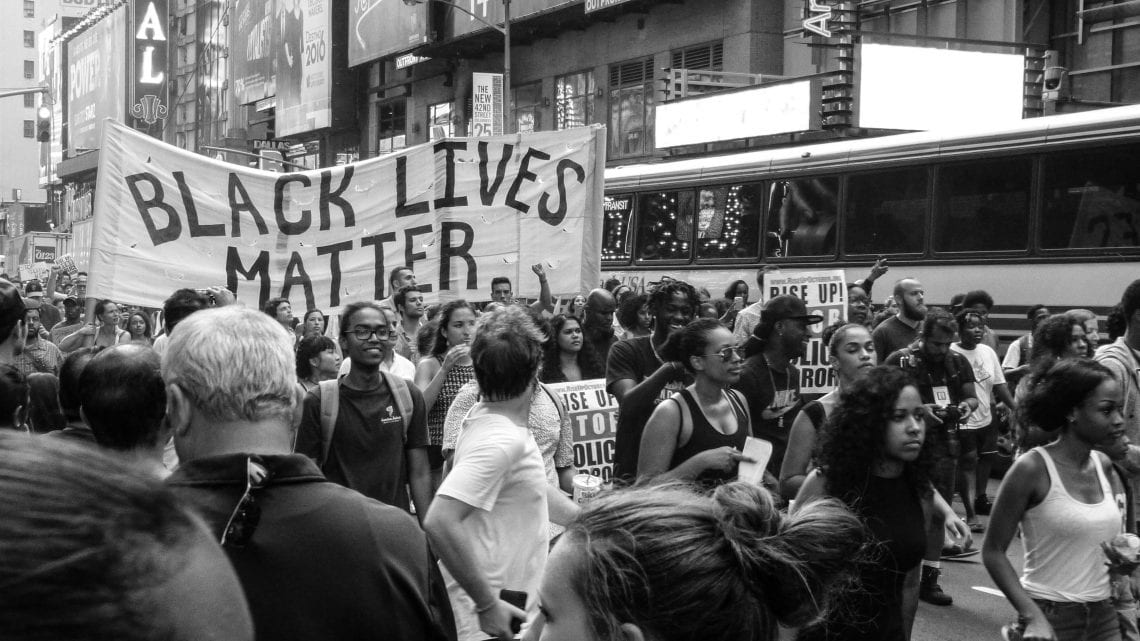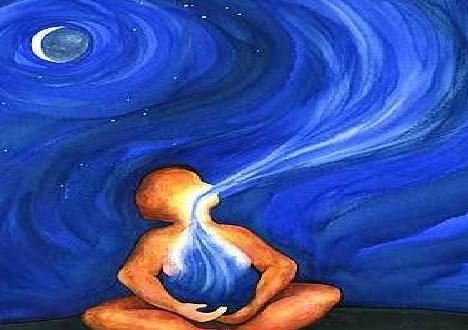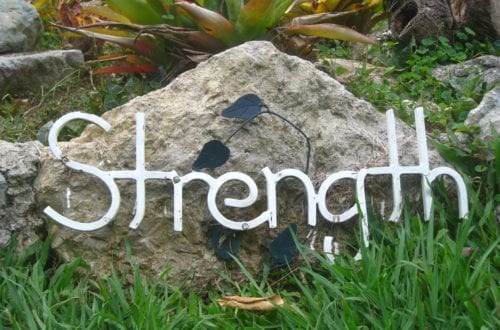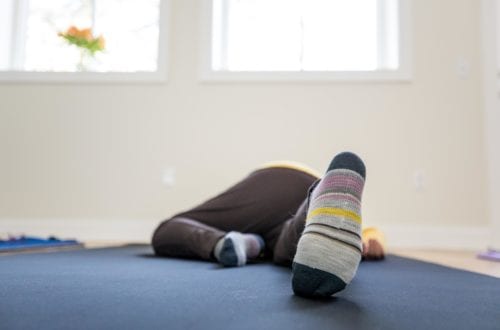
What Is Enough?
May 25th. George Floyd died at the hands of police. Uprisings spread nationally and internationally over racial injustice. Raw anger and rage led to violence, arson and looting. Protests filled cities across the nation. Interviews, podcasts, videos, poetry, song, dance, and visual art supported all manners of expression. Grief and reflection ensued. This is a “moment”, a moment to look inward individually and collectively. No stone will go unturned.
As I wrote the above, I was well aware of thoughts, much more than feelings. The feelings were the week before: grief, disgust, dismay, frustration–all easily tapped into; on the surface, some might say. Grieving for days, feeding my interest in hearing the stories, educating myself, updating foundations for having conversations, I made a commitment to participate in activism. But how? It led to: ‘Is teaching enough?’ No, it isn’t. Teaching awareness is important, but there is a larger stage. What about writing letters and getting involved politically in my community? But, politics is so, so frustrating. I can vote, but in some ways voting is not enough. Community building. Is belonging enough? Is participating enough?
What is enough? And enough of what? During my Feldenkrais training, Russell Delman, our educational director initiated a conversation re: “What is enough?” It was a broad question. One that I hadn’t thought much about up until then. He asked, “How much is enough money? Food? Sex? Peeing?” To me that one was easy. It seemed obvious at the time. Eating wasn’t so easy. What about sex or gifts or activism? What is enough? I see now that it is relative. Relative to what? Relative to how I want to live my life, to my beliefs, what I would like for others, where I think our culture can do better.…better at treating all people with dignity and respect.…with opportunities.
I can honestly say, my entire adult life was learning how ‘I’ am enough. But now on this larger stage, calling out racism is one thing that needs to be done. Recognizing my own racists beliefs is another as well as identifying the cultural depths of conditioning. I can do that. And I have the means to access resources. That’s a start.
Or…
…will I go back to what’s comfortable? Doing Awareness Through Movement® lessons is about learning to find comfort in unusual configurations. Will I still look for comfort in my life and let the issues of change up to others? Can I really know at this point? When I set an intention it generally has to do with living this moment. Noticing feelings–what are they expressing? Thoughts? What is behind them? Taking responsibility for my actions. Taking responsibility for the slights, the irritations, the annoyances. Calming the urge to jump to conclusions, to accuse, to blame. I can do that. I have experience. I know it works.
But this is a larger test. A larger question of stepping into something unknown on a bigger scale. As is typical with experiencing novelty of an ambivalent nature, there may be resistance or avoidance of change. The only thing I have power over is this moment. The power to live it. People of color have endured great hardship–slavery, oppression, discrimination. Recognizing all people’s vulnerability and being clear in myself can keep me from perpetuating violence on others, whether it is in my thoughts or in my actions or in the policies that I support.
In this moment, listening and looking deeply into one’s inner beliefs and actions may be worth more than acquiring stuff, accolades, etc. Distribution of effort is how we improve ease of movement in the body. Each of us will move forward in our own unique way. For me the ultimate question is, “What does it take for humans to work together for lasting change…without harm, without power over?” I don’t know the answer, but the question can guide me forward and I can look towards others that have gone before me for inspiration in working towards human dignity for all.
“True peace is not merely the absence of tension; it is the presence of justice.” Martin Luther King




